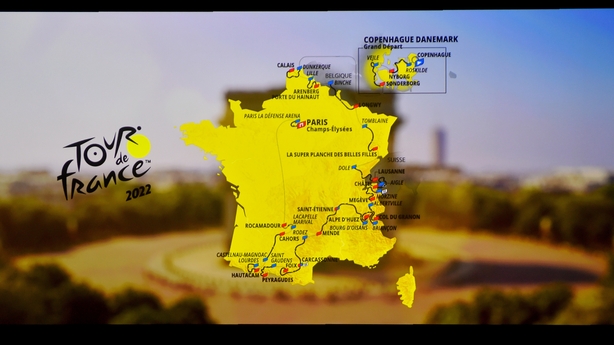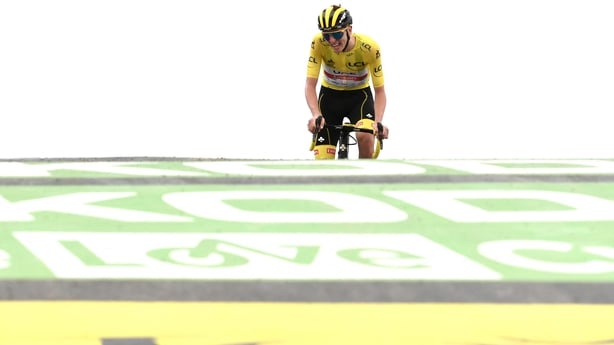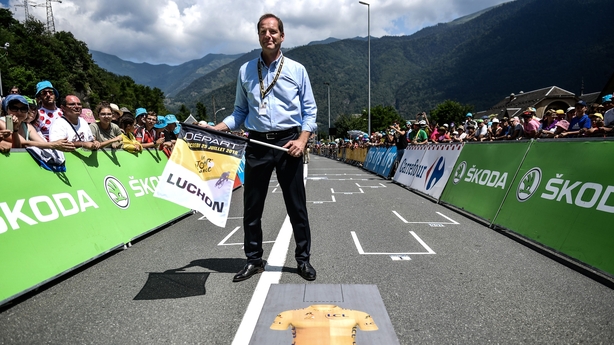Tour de France organisers have designed a highly treacherous route for the 2022 edition which will feature rides in gusting winds, cobblestones and punishing mountain stages.
The race will start with a 13km individual time trial in Copenhagen before the second stage takes the peloton over the 18km Great Belt bridge.
"It's windy 364 days a year, here," Tour director Christian Prudhomme told reporters on Thursday. "This Tour can be lost as early as the second day."
Those who get past the three-day opening block in Denmark and fourth stage through the Flanders hills must cope with the fifth stage through cobbled sectors between Lille and Arenberg.
That is when light climbers are expected to suffer on a day that could be marred by crashes and mechanicals due to the tricky terrain which usually favours one-day race specialists.

"To go through these stages and hope to win the Tour you will need to be a versatile rider and have a strong team at your disposal," said Tour deputy director Thierry Gouvenou.
The first test for climbers will come on the seventh stage with the first of five summit finishes at the top of the Planche des Belles Filles, where this year's defending champion Tadej Pogacar effectively claimed his first title in 2020 by upsetting fellow Slovenian Primoz Roglic in the final time trial.

Pogacar, who hammered his rivals in the mountains in the last edition, has also proved he is a strong one-day classic rider, having won the Liege-Bastogne-Liege and Giro di Lombardia Monument classics this year and, given the nature of the route, it is hard to see beyond him for a Tour favourite.
The race will reach its highest point at the top of the lung-busting ascent to the Col du Galibier, 2,607 metres above sea level, on the way to a summit finish at the Col du Granon (2,413 metres) after a punishing 11.3km effort at an average gradient of 9.3%.
The 12th stage starts from Briancon and ends atop the iconic Alpe d'Huez (13.8km at 8.1%), taking the same route as the 1986 Tour when five-time winner Bernard Hinault and Greg LeMond crossed the line hand-in-hand for a famous one-two.
After two brutal stages in the Pyrenees, the race will be completed with a 40km individual time trial in Southwestern France and the mostly processional ride to the Champs Elysees in Paris.
Meanwhile, the women's Tour de France, which has not been held since 1989, will take place next year.
The race will start from Paris and end eight days later at the top of the Super Planche des Belles Filles climb at the end of an eight-stage ride through eastern France.
"It's a balanced route, that will suit several types of riders," race director Marion Rousse said.

Prudhomme, pictured above, said the biggest challenge was to make the race a financially sustainable event.
"If it had been (sustainable), the women's Tour would have been held for 40 years," he told reporters on Thursday ahead of a presentation ceremony for the 2022 men's and women's Tours.
"The biggest challenge is to broadcast the race. I think we've done a good job, with the race starting the same day as the men's race ends in Paris," Prudhomme said, adding the event would be broadcast in 170 countries.
The men's race is broadcast in about 190 countries.

